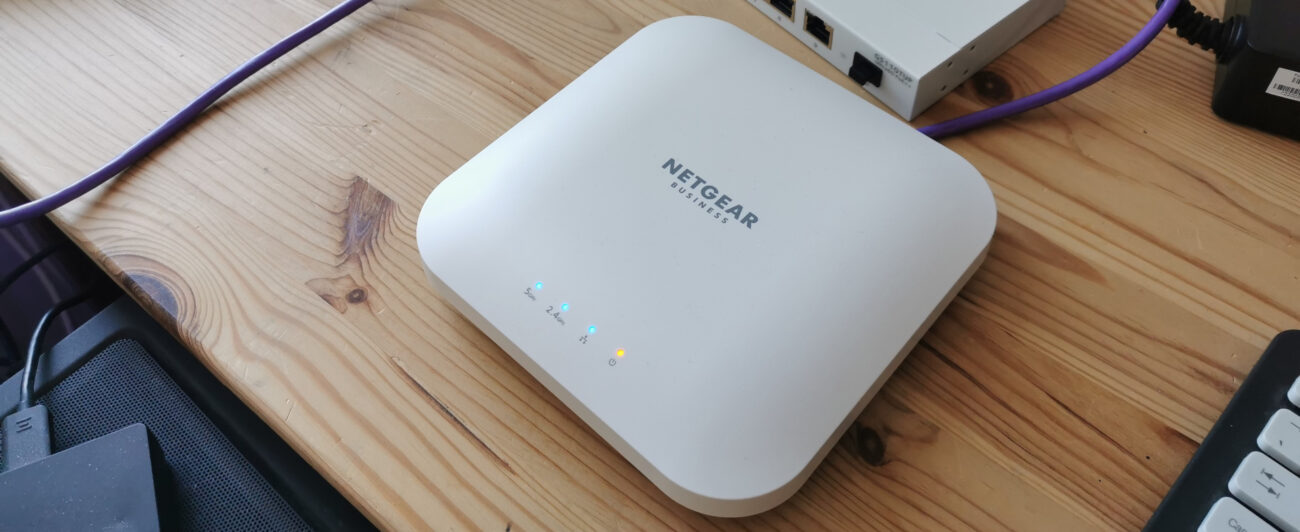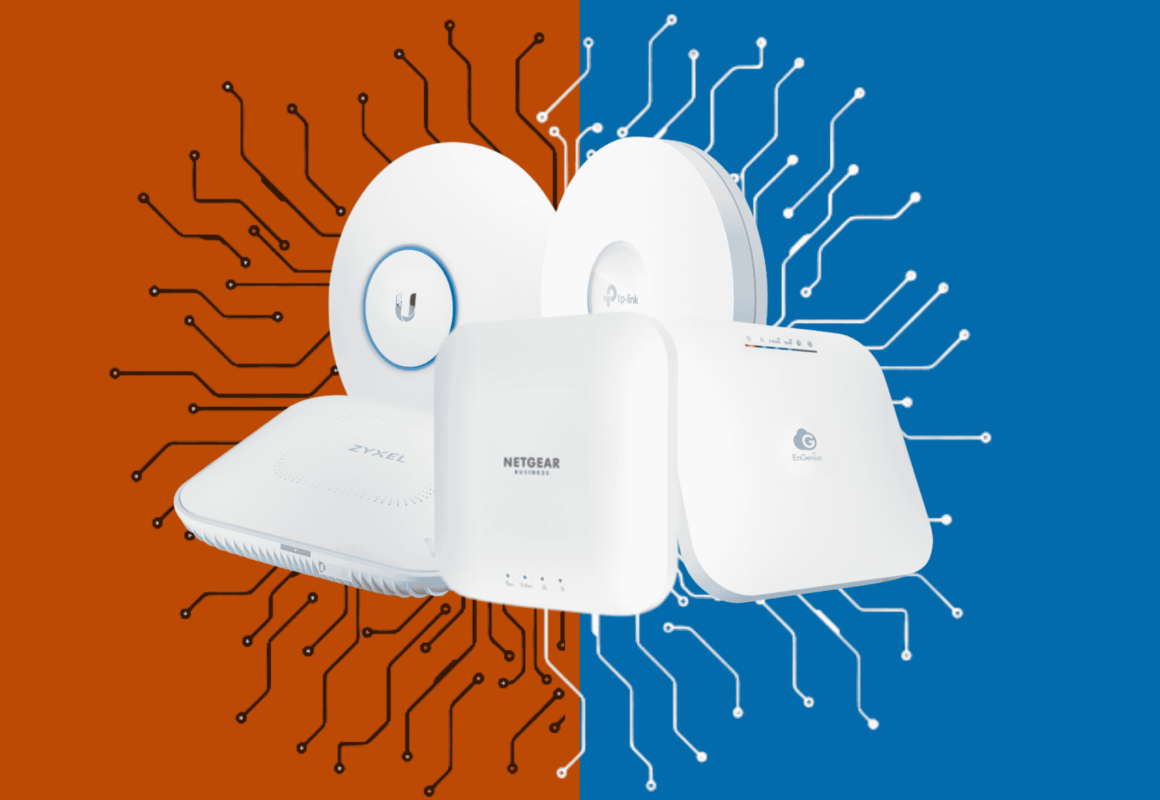Internet Advantages and Disadvantages Wireless Connectivity
Wireless-based networks most commonly use 2.4 GHz-band technology that allows users to connect to a wide range of Wi-Fi-enabled devices. These wireless local area networks, or WLANs, are often created by home and business users with Wi-Fi-equipped routers. This not only allows a single connection to be shared by multiple users but also transmits the Internet signal to all devices in range with proper security credentials. Additionally, wireless Internet connectivity is available in a variety of areas called “hot spots”. Many of these hotspots are located in public places and offer free internet service. go wireless
Users who want wireless network access need a device with a built-in wireless network card. If it doesn’t exist, users must install an add-on to make their device Wi-Fi capable. Regardless of the type (computer, smartphone, or game console), any wireless-enabled device can be connected to a single compatible wireless access point. The access point will act as a network server and provide Internet connectivity to several different devices at the same time.
Network Security
A network’s security system must be configured on the host computer or router. The settings will be mirrored on the client machine so that it can connect. Enabling a security password will restrict unauthorized access to your wireless network, and prevent anyone from potentially viewing or downloading any data from your computer(s).
Benefits
The main advantage of wireless Internet connectivity is the ability to stay connected and access e-mail on the go. Wi-Fi hotspots and 3G cellular networks combine to offer a wide coverage area in most major cities, making it convenient to stay in touch and have vast web resources and content at their disposal. The technology itself is also very fast, providing users with a relatively high-speed connection.
Disadvantages
While capable of delivering broadband content, Wi-Fi networks are typically not as fast as wired systems, and occasionally experience disconnections. This could be due to interference coming from neighboring networks or even other 2.4 GHz devices such as cordless phones. Also, Wi-Fi has a very limited range, the further away from the access point you are, the weaker and slower the connection becomes. Eventually, the signal will no longer be sufficient and the connection will drop. Also, be prepared for slower-than-normal speeds when in large public places like airports or shopping centers where there can be dozens of users all sharing a connection










